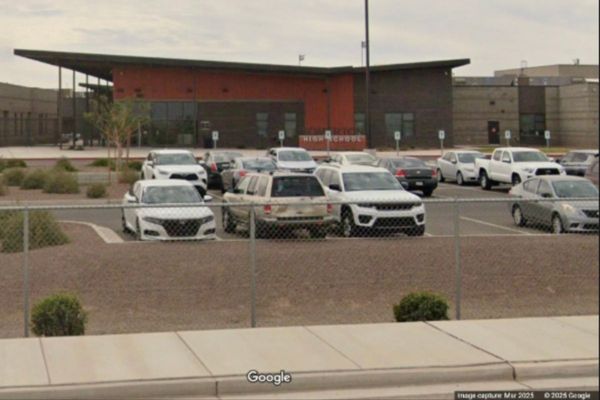
In 1965, Pan American World Airways founder Juan Trippe went sailing with his friend Bill Allen, president of Boeing. Trippe asked Allen to build him a plane. Boeing’s 707 and the Douglas DC-8 had cemented the commercial jet age, but Trippe wanted a much larger aircraft that could carry more passengers and freight at lower costs.
“If you buy it, I’ll build it,” Allen told Trippe. “If you build it, I’ll buy it,” Trippe replied.
Allen tapped engineer Joe Sutter to design the new jet. After a lot of back-and-forth between the parties, Pan Am approved the design and ordered 25 planes for $525 million. Thus was born the Boeing 747. Global aviation would never be the same.
The project’s scale was immense. To house production, Boeing built the world’s largest factory covering 53 acres (21 hectares), equivalent to 30 soccer pitches, in Everett, Washington, just north of Seattle. Fifty thousand workers were given the job of building and assembling the prototype under the direction of Malcolm Stamper, whose success in running production saw him succeed Allen as Boeing’s president in 1972.
On September 30 1968 — two-and-a-half years after it was commissioned — the first 747 rolled off the assembly line. Last week, the final model did the same. After 54 years and 1574 aircraft, it’s the end of an era for the world’s most recognisable passenger jet.
Until the arrival of the supersized Airbus A380, Boeing’s jumbo dwarfed all other commercial aircraft. Its fuselage was double the length of the Wright Brothers’ first flight. With its signature upper deck bubble and four turbofan engines, it ferried upwards of 400 passengers across oceans in a single hop.
As the 747 entered service with airlines on every continent, it helped usher in cheaper airfares and made international flights affordable to the masses, and put an end to intercontinental travel via long-distance sea voyages.
More than 60 airlines have flown 747s, as well as specialist cargo carriers and governments. In 1990, twin 747 aircraft replaced an ageing Boeing 707 as the US president’s Air Force One. In their signature blue, white and gold livery, these two jumbos became the world’s most recognisable planes. Harrison Ford starred in a movie named after them. Two updated 747-800 versions are nearing fit-out completion, and are scheduled to replace the current pair in 2025.
Qantas was an early adopter of Boeing’s flagship. Beginning in 1971, it operated 64 747s. In 1979 the flying kangaroo became the world’s first airline to fly only 747s, with 17 in its fleet. Ten years later a new 747-400 set the world record for the longest non-stop flight by a passenger jet. Named Longreach, after the airline’s early headquarters, Qantas VH-OJA flew 17,850 kilometres from London to Sydney in 20 hours and nine minutes.
During their half-century in service, Qantas’ 747s ferried more than 250 million passengers and helped transform Australia’s relationship with the rest of the world. Tourism blossomed into a dominant export earner, and overseas trips became a rite of passage for Aussies. Expats in distant lands would feel the pang of home whenever they spotted a big red tail on a tarmac.
Time has caught up with the “queen of the skies”. With fewer parts and lighter weights, modern jets require less fuel per passenger and reduced maintenance. They are quieter, which helps with noise abatement and can extend airport operating hours. They also produce lower carbon emissions than their predecessor.
Qantas retired its 747 fleet in 2020, during the early stages of the COVID-19 pandemic. Sharelle Quinn, the airline’s first female captain, traced the outline of the famous kangaroo symbol off the NSW coast, before steering Flight QF7474 across the Pacific to its final resting place at the aircraft boneyard in California’s Mojave Desert.
Nearly three-quarters of the 1574 planes produced have exited service. British Airways, KLM and Virgin Atlantic retired their 747s in 2020. The major US carriers put theirs out to pasture a few years earlier. The largest remaining operators include freight haulers Atlas Air, which will receive the last 747 next year, and United Parcel Service. Lufthansa and Korean Air have the largest 747 passenger fleets still plying the skies.
Nowadays we have become blasé about air travel, if not downright impatient. Boarding a plane feels as routine as catching a bus. Gone are the days of dressing up before jetting off. For better or worse, we have the 747 to thank for this.
Trippe and Allen dreamt big, and opened the skies to all. Their queen shrank our world forever.







